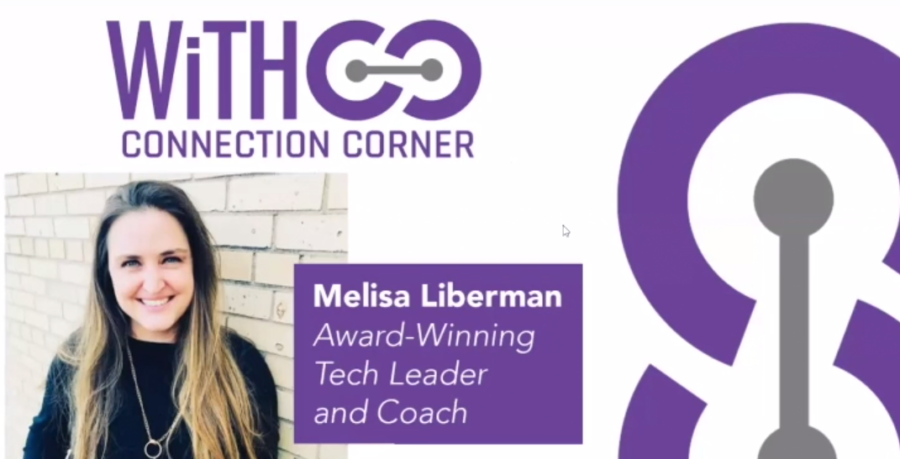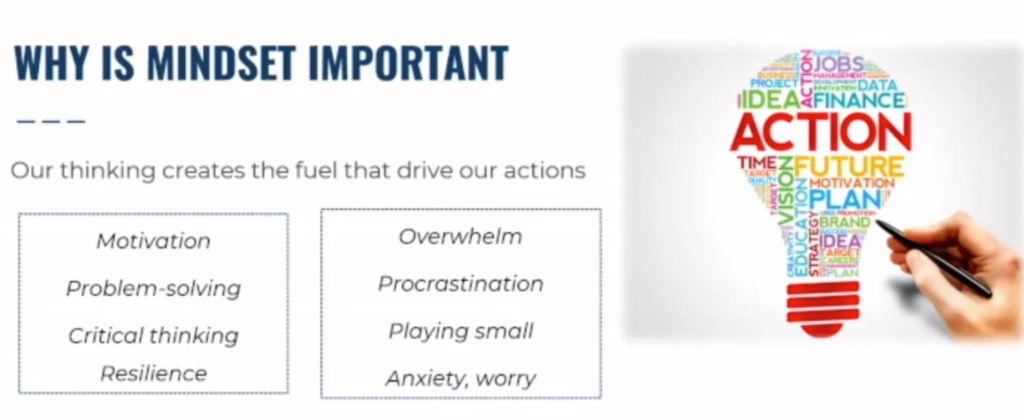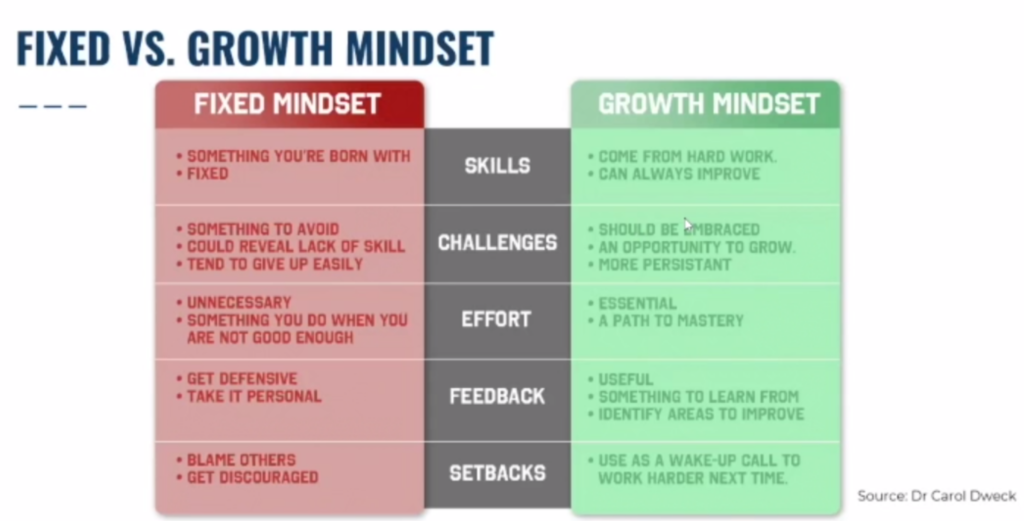
Tech Sector Career Coach: Choose an ‘Effective’ Mindset Over a Positive Mindset
Having a positive mindset is better than having a negative one, but striving for an “effective” mindset is really the way to go when it comes to your career, according to Melisa Liberman, a career coach who specializes in helping tech industry leaders rebound from professional setbacks to land their dream jobs.
Mindset is important because it is “really the fuel that drives our actions,” she said Nov. 6 during the Women in Technology: Hollywood (WiTH) webinar “Why Positive Mindset Doesn’t Work (and What To Do Instead).”
“It’s not a cherry on top: It’s actually something that is at the core foundation of the results that we get,” she said, noting mindset drives motivation, problem solving, critical thinking and resilience.
“But it can also fuel things you don’t want” – like being overwhelmed, “or procrastination or playing small or anxiety,” she warned.
Having an “effective mindset helps” many people “get results so much more quickly than those who come with an ineffective or positive mindset,” she pointed out. It is a huge positive to have “the ability to leverage and control our mindset – which is our thoughts, our beliefs about ourselves [and] our beliefs about other people – that creates the feelings that we have, which drive our actions, which ultimately create our results,” she said.
“It’s called the think – feel – do result cycle,” she noted, telling viewers it comes from studies of the brain and human behavior.
 There is a “misconception” that results come from a combination of circumstances and actions, she said. For example: Because of COVID, a job search may be more difficult and delayed. Or “you have a difficult boss perhaps and so it feels like the result from that is that you have no possibility of promotion, even if you’re delivering massive value,” she noted.
There is a “misconception” that results come from a combination of circumstances and actions, she said. For example: Because of COVID, a job search may be more difficult and delayed. Or “you have a difficult boss perhaps and so it feels like the result from that is that you have no possibility of promotion, even if you’re delivering massive value,” she noted.
There is, however, “another component to this equation,” she said, explaining: “Our results really come from our thinking about our circumstances and not the circumstances themselves. And that’s why we can see two people with virtually the same circumstances get vastly different results.”
Citing the findings of psychologist Dr. Carol Dweck, she pointed to several ways in which a growth mindset is preferable to a fixed mindset.
For example, with a fixed mindset, you may see that skills are just something you’re born with but, with a growth mindset, you may realize that skills come from hard work and can always improve. Or, with a fixed mindset, you may see that challenges are to be avoided but, with a growth mindset, you may realize challenges should be embraced because they provide an opportunity to grow. Or, with setbacks, instead of blaming others and getting discouraged, it’s a better idea to use them as a wake-up call to work harder next time.
It’s important to work on your mindset “more proactively” because our brains automate what we think frequently to conserve energy, Liberman said. “In order to change our results, we need to start with changing our thinking,” she added.
Explaining further why a positive mindset alone doesn’t necessarily work, she noted that, with an ineffective mindset, somebody may say “this isn’t going to work” while, with a positive mindset, somebody may instead say “I’m sure it will work out,” Liberman noted. However, somebody with an effective mindset may instead answer powerful questions such as “How can I make this inevitable?”
 She then dove into three case studies in which leveraging an effective mindset can accomplish common career goals.
She then dove into three case studies in which leveraging an effective mindset can accomplish common career goals.
Up first, was a case study involving the landing of a new job in which “Dana the sales executive” was hoping a company hiring could see past a gap in her resume, while “Jane the sales executive” was thinking “I’m the best candidate.” Dana’s search took longer and she decided to settle on an individual contributor role and rebuild, while Jane landed a sales leadership role, according to Liberman.
Up second was a case studying in getting promoted in which “Christy the operations leader” said “they’ll recognize my benefit,” while “Beth the operations leader” said “I can control almost every variable for my promotion.” Christy was forced into a job search to achieve a promotion, while Beth was promoted.
Up third was a case study in increasing one’s effectiveness and influence, and a tale of two mindsets. Susan the CTO was thinking “the other execs never take my recommendations” and felt frustrated, while Angie the CTO was thinking “I’m capable of finding a way to advocate for my recommendations” and felt influential, according to Liberman.
She went on to cite Four Methods to Transition Into Effective Thinking:
- Shift the questions. Look at the quality of the questions you are asking. (Example: Don’t ask “Why isn’t this working?” Ask instead “How can this work?”) Don’t ask questions you don’t want to hear the answer to.
- Notice the signs that your brain is “on a default mode” and you’re tensing up, feeling a pit in your stomach, you’re having cravings or there’s a temptation to procrastinate. Ask yourself: “What am I thinking right now that is causing this reaction?” And try to get back to an effective mindset.
- Stay or get ahead of yourself (think/feel on purpose each day). Set a specific intention each day or even multiple times a day if you need to reset. Don’t approach your day as “I’ll take it as it comes” to avoid your “toddler brain” from taking over.
- “Up-level” the quality of your thinking and proactively “rewire” your brain. Fifteen minutes of mental work a day can rewire your brain and reset your emotional “resting point.” Her suggestions to achieve that: Ten minutes of daily meditation and five minutes of writing out what you’re grateful for.
